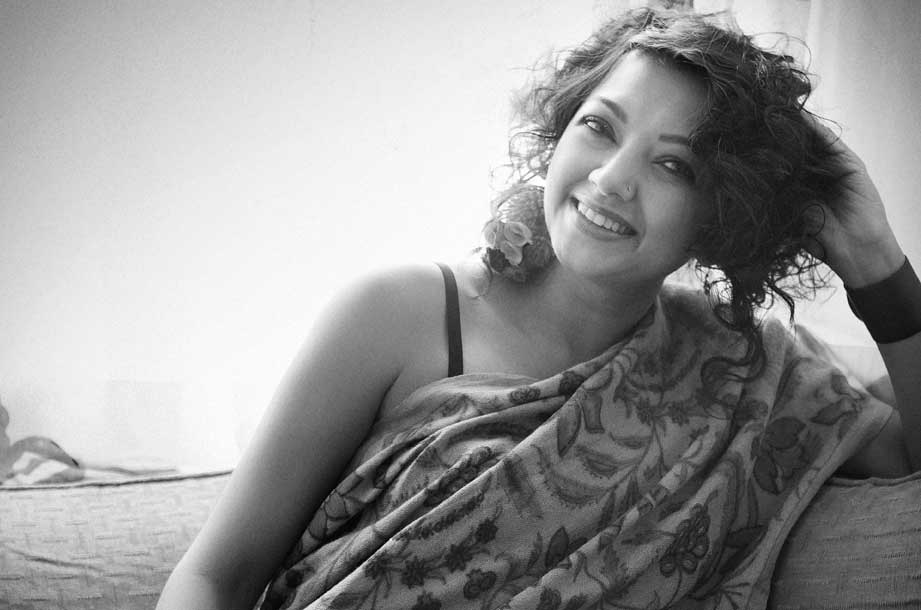Towards the end of June, as New York Fashion Week was drawing to a close, the runways were being set up for London Fashion Week. But this time around there was an eerie uncertainty, even a tinge of panic, around the fashion fervor in London. Given the United Kingdom’s decision to leave the European Union (EU) following the Brexit vote in June, there was bound to be unrest in fashion circles. The British fashion industry was in strong favor of remaining in the EU as nearly 70 per cent of its $10.5 billion worth of exports go to the continent. The industry benefits by being in a single market.
But shedding aside fears, the designers put on an extraordinary event and left both the creative and the consumers mesmerized with another round of cutting-edge fashion. Everything from Burberry showing men and women’s clothes together for the first time to trends like athleisure and cartoon goth, the fashion fraternity seemed to be in a serious mood to banish the Brexit blues with a buoyant face.
British Fashion Council Chairman Natalie Massenet said at a conference just before the fashion week took off: “This is nothing new, there have been many booms and busts over the decades, but London fashion and the creative industries have endured, indeed, prospered even, in difficult times.” Her words summed up the resilient fashion sentiment that has been displayed during trying times, from World War I to the economic collapse of 2008.
But despite the fact that fashion often heals during tough times, apart from being an economic enabler for people in the industry, it has often received backlash for being a superficial extra. Designer Rina Dhaka says, “Especially in growing economies, such as India, fashion is confused with something that’s a pastime of rich. But if we look at the history books and evolution of style in society, we will realize how significantly fashion has contributed both economically and emotionally.”
In an interview to BBC Radio 4, Karl Lagerfeld, creative director of Chanel, famously said: “Very often in difficult times fashion is more interesting than in times when everything is too cool, too safe.”
In a world rife with uncertainties and upheavals, the fashion industry continues to flourish and give hope. Historically, fashion adopts the struggles of the moment to come up with the most iconic style statements that continue to inspire. During the American civil war in the 1860s, the Bolero and Zouave jacket came into vogue. The reason was that the civil war had such an impact on common lives, that even women’s dressing began reflecting military characteristics. The birth of the combat inspired bolero jacket is a trend that we follow even today.
It’s surreal how subtly, but importantly, fashion reflects the mood of the moment. So is the carefree, no holds barred sort of individualistic fashion we see today also a showcase of the often grim world we are living in? “Absolutely,’’ says designer Anupama Dayal. “Fashion may not be as primal a need as eating but during timesof duress it has extraordinary power to soothe and of course also save economies.”
From her own experience Dayal relates: “I was in Turkey in July this year when the coup attempt happened. When we took the flight from New Delhi, we had no idea that it would be the last flight of the time to the place and then everything from security to road transportation would be clamped up. We were in this resort town of Bodrum, and the air was rife with panic, rumors and uncertainty. In between all this, continuing with a fashion event did seem a tad strange. But I looked around and saw that women were not only finding empowerment with fashion, but were getting economically independent. So we decided to go ahead with our resort show and in those troubled times there was a huge attendance that came and saw fashion as a way to look up and not to bow down to tough times.”
In the early 1920s when Coco Chanel created the “Little Black Dress,” it impacted the economy significantly, because of its ready acceptance. Earlier, black was a color to be worn only during mourning, but ever since this fashion step continues to enrich high street to couture even today. Similarly, Vivienne Westwood surmised the hippie era unrest and raw energy of the 1970s in what came to be termed as punk fashion. What evolved from the chaos of that time became one of the most important fashion statements of all time.
Designer Dayal says, “Apart from the globe-altering movements, fashion also heals in the most intimate way.”
She points to a recent show she did with women fighting cancer, where everyone battling a fierce storm within seemed to find solace in dressing. She says: “Some women reported straight for the show after a session of chemotherapy, a few had visual disability. But still the idea of presenting the trend of the moment to the world as models was for them an important accomplishment. If fashion can give so much hope and purpose,in moments of suffering how can we call it frivolous?”
The global fashion industry generates approximately $2.5 trillion in revenues every year. The figure is expected to grow to $5 trillion in less than a decade. Fashion is relevant not only to the richer nations; 79 percent of Bangladesh’s and 88 percent of Haiti’s exports are related to the clothing industry.
And though the latest prints and the trendy colors may not change the world, they can play some part, both in spirit and economically, in sustaining it.
